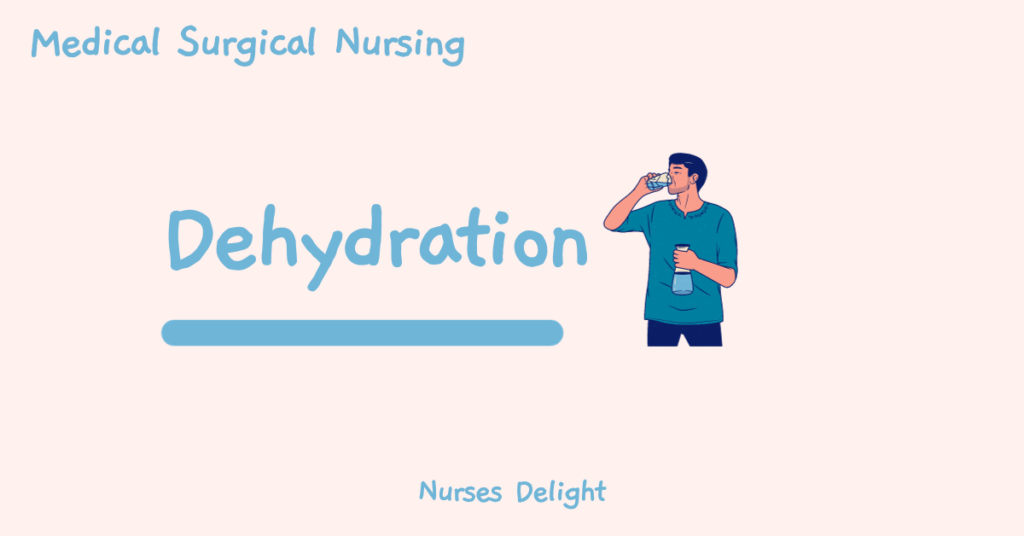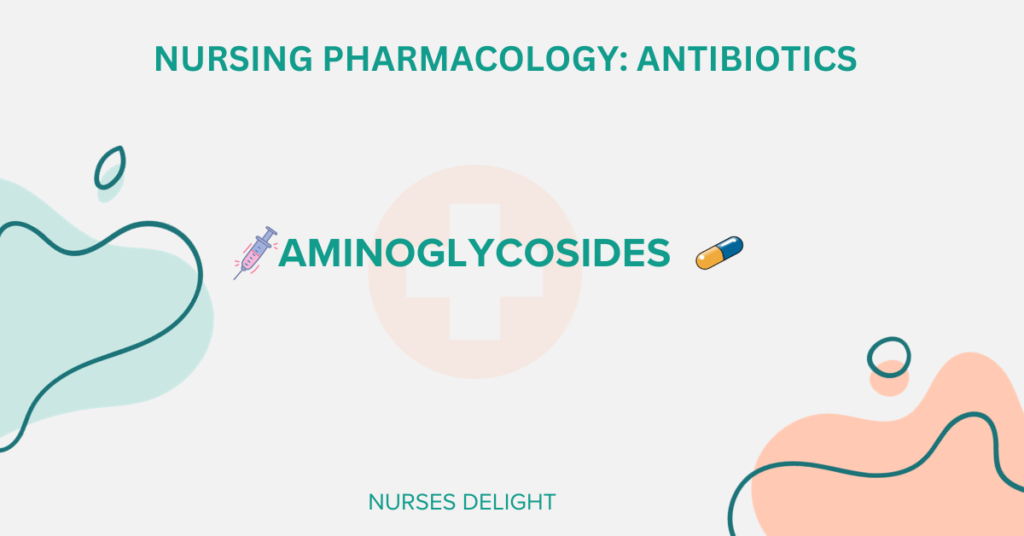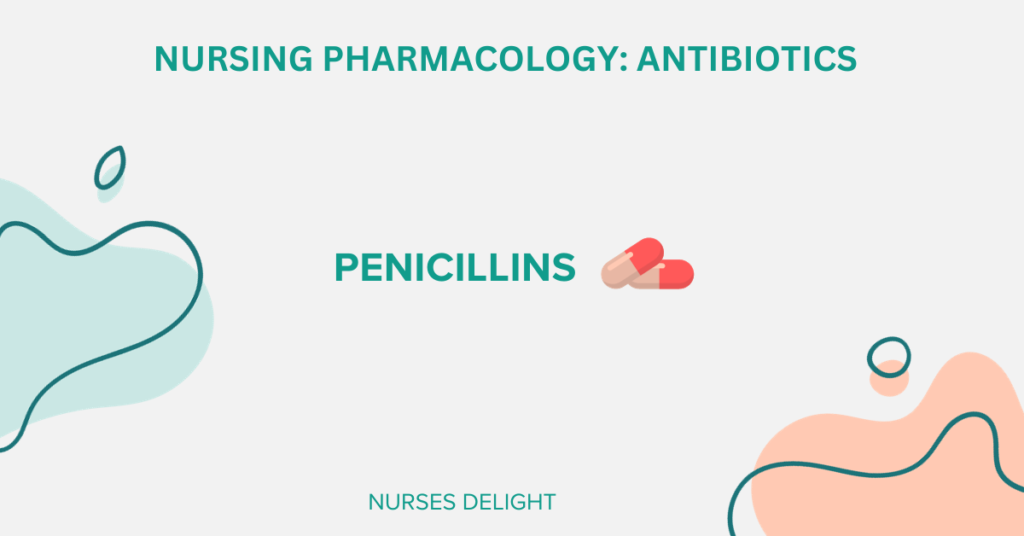Dehydration, also called hypohydration, refers to the loss of water to below optimum levels in the body. When this occurs, the body processes are disrupted and illnesses may start to manifest.
Pathophysiology of Dehydration
Under normal circumstances, body water is usually lost through the kidneys, skin, lungs and gastrointestinal tract, hence it needs to be replaced.
In dehydration, the amount of water lost by the body exceeds the amount an individual takes in. Dehydration can occur in the following forms;
- Isotonic Dehydration. In this scenario, water and sodium are lost together as a result of such factors as vomiting, diaphoresis, diarrhea, hyperglycemia, kidney disease, hyper-aldosteronism and burns.
- Hypertonic Dehydration. Occurs when water lost exceeds the sodium lost, meaning that there will an elevation of serum sodium levels. This can be caused by pyrexia, tachypnea and diabetes insipidus.
- Hypotonic Dehydration. Although there is water loss in this scenario, the amount of water lost is exceeded by the amount of sodium loss. It is caused by diuretics such as Lasix.
- Other Factors
Excess salivation, severe wounds, gastrointestinal suction, long term nil-by-mouth status, decreased sensation of thirst, limited movement to aid in acquiring more body fluid, altered mental status, comatose state, GI fistulas, intra-abdominal losses (peritonitis and ascites) and sever skin diseases.
Clinical Manifestation
Almost all the body systems are affected by dehydration including cardiovascular, renal and integumentary systems, with the integumentary system presenting with more prominent signs and symptoms.
Cardiovascular Changes
- Tachycardia
- Weak peripheral pulses
- Delayed capillary refill
- General hypotension
- Orthostatic/ postural hypotension
- Distended neck veins when the patient is in supine position
- Distended hand veins when the hand is lower than the heart level
Respiratory Changes
- Tachypnea
Skin Changes
- Dry oral and mucus membranes.
- Dry axilla
- Skin tenting
- Cracked lips
- Blue lips
- Poor skin turgor
- Sunken eyes
Neurologic Changes
- Thirst
- Confusion
- Dizziness
- Fatigue
- Low grade fever
Kidney Changes
- Concentrated urine with a specific gravity over 1.030
- Urine has a dark amber color and has a stronger odor
Nursing Management
The main goals of the nursing management of dehydration are to identify the cause(s) of the fluid loss and to reverse it (them).
Assessment
- Assess the nutritional status of the patient by asking specific questions on food and fluid intake and output. This will give you an overview of the hydration status.
- Assess the neurological status of the patient
- Assess muscle strength and stability, level of alertness and gait
- Assess whether the patient has taken prescribed or over the counter drugs since some drugs cause dehydration
- Ask where the patient lives. Hot environments and higher altitudes can precipitate dehydration
- Assess for medical conditions like kidney or endocrine diseases
- Assess for previous physical activities such sports or heavy lifting of equipment.
Nursing Interventions
The nursing interventions will be determined by whether the dehydration is mild moderate or severe.
- Mild dehydration
Encourage fluid intake. Those who engage in more aggressive physical activities, live in arid areas or high altitudes should increase more fluid intake. Avoid rehydrating with fluids that precipitate further loss such as alcohol and caffeinated drinks.
- Moderate and Severe Dehydration
Occurs more often in patients who cannot take in fluids without help, such as bedridden and older patients.
- Monitor vitals especially pulse rate and blood pressure.
- Prevent the injuries due to orthostatic hypotension by telling the patient to get up slowly form a sitting or lying position.
- Encourage oral fluids in patients with mild to moderate dehydration and are alert enough to tolerate oral fluids. Consider oral rehydration solution for patients in home setting and have IV inaccessible
- Monitor fluid therapy response every two hours taking interest in pulse quality, pulse pressure, urine output and weight.
- Monitor also for sings of fluid overload taking concern on difficulty breathing, bounding pulse, edema, and neck vein distention when the patient is in upright position
- Drug therapy. This is indicated when the patient is unable to tolerate oral rehydration. It is usually done through intravenous method of drug administration. The rate of fluid replacement depends on the patients’ kidney, pulmonary and cardiac status. You can also administer drug therapy to correct the underlying cause of dehydration for example antidiarrheals, antibiotics, antiemetics and antipyretics.



